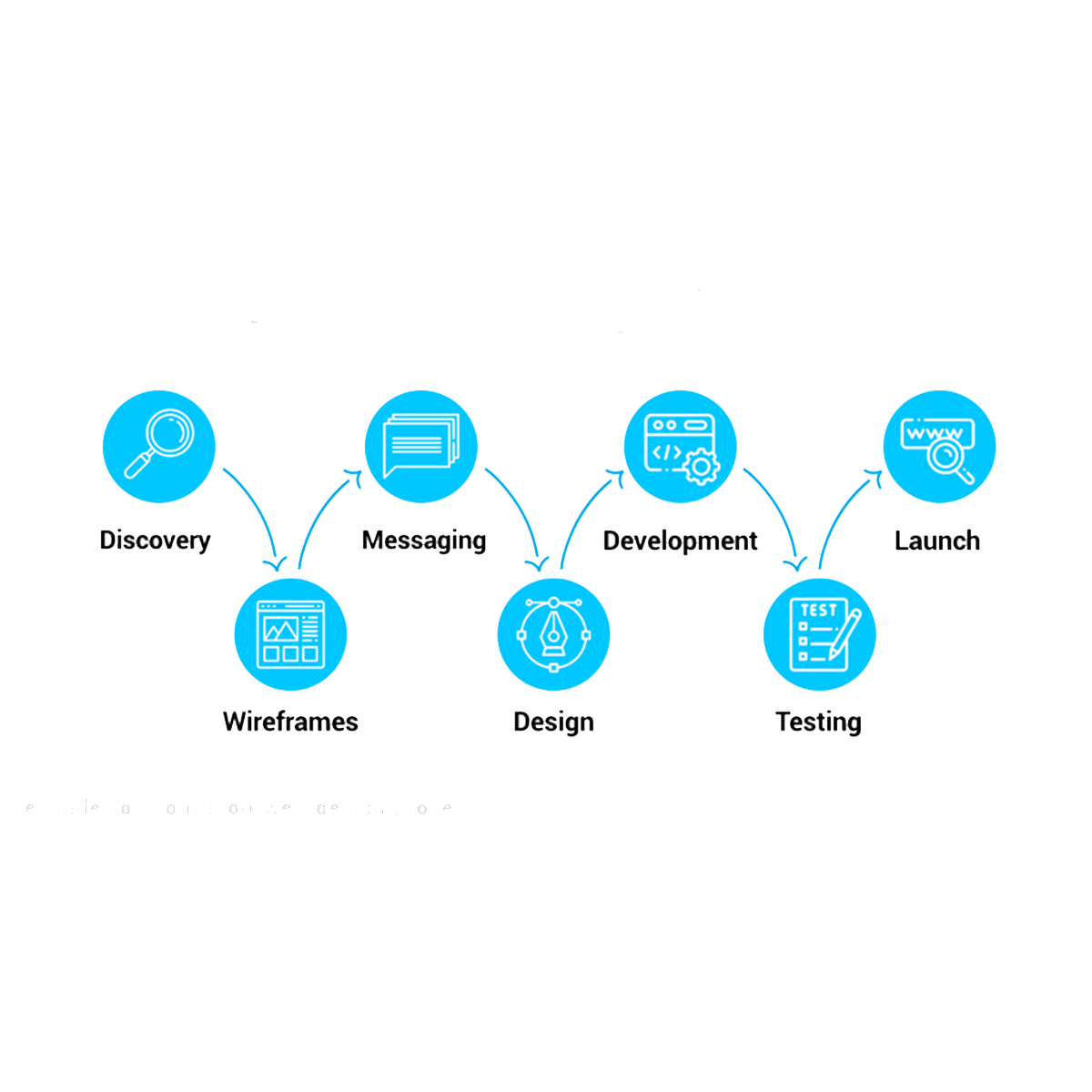Why Your Business Deserves a Customized Website
A cookie-cutter website won't cut it anymore. You need something unique that stands out and captures your audience's attention. Here's how we make it happen:
Tailored to You: Your business is one-of-a-kind, and your website should be too! We dive deep into your brand, goals, and audience to create a custom website for you.
Mobile-Friendly Designs: We ensure your website looks fantastic and functions flawlessly on any device, simultaneously enhancing your user experience and SEO.
SEO-Optimized: We don't just design beautiful websites; we design websites that work! Our SEO strategies ensure your site ranks high on search engines, driving more organic traffic your way.
User Experience at Its Best: Your visitors won't just love your site; they'll stay on it. We design fast, responsive, and intuitive websites, keeping your audience engaged from the first click.
Secure & Future-Proof: We use the latest technologies to create secure websites that can grow with your business. Whether scaling up or adding new features, your website will evolve with your needs.

Our Process
ALet's Chat!: We start by getting to know your business inside and out. What are your goals? Who are you trying to reach? This helps us craft a website that fits your needs like a glove.
Design & Develop: Once we have the plan, our design and development teams create something visually stunning and technically robust, ensuring it aligns with your vision.
Test & Launch: Before we launch, we do a thorough round of testing. From checking functionality to ensuring security, we make sure everything works flawlessly.
We've Got Your Back: After your website goes live, we're here for you with post-launch support. Whether you need updates, bug fixes, or new features, we're just a call away.

Why Thavertech?
As the go-to website designing company in Delhi NCR, we're committed to building websites that do more than look good. We create sites that drive results, elevate your brand, and help you connect with your customers like never before. Our customer-first approach and industry experience ensure we deliver high-quality solutions every time. Ready to take your online presence to the next level? Let's create a customized website that'll bring your business to life. Get in touch with Thavertech today! We're excited to help you grow. 🚀
FAQ
-
Why should I choose Thavertech as my website designing company in Delhi NCR?
Thavertech stands out because we don’t just create beautiful websites; we craft custom designs tailored to your business goals. Our team ensures that every website is user-friendly, mobile-responsive, SEO-optimized, and secure, offering a seamless experience for both you and your customers.
-
What makes a customized website different from a template-based website?
TA custom website is designed specifically for your business needs and audience, ensuring that it’s unique and aligns with your brand. Unlike template-based websites, which can be generic, custom websites are tailored to enhance user experience, performance, and scalability—providing a truly unique online presence.
-
How do you ensure that my website is SEO-friendly?
At Thavertech, we incorporate best practices for SEO throughout the website design and development process. From optimizing page load speeds and structuring content for search engines to implementing proper metadata and keyword strategies, we ensure your website is primed for higher search engine rankings, driving more organic traffic.
-
Will my website be mobile-friendly?
Absolutely! We design websites that are responsive, meaning they’ll look and perform perfectly on any device—be it a smartphone, tablet, or desktop. Mobile-friendly design is crucial for both user experience and SEO, and we ensure your site provides an excellent experience across all devices.
-
What kind of post-launch support do you offer?
Our relationship with you doesn’t end after the website goes live. We offer continuous post-launch support, including regular updates, maintenance, bug fixes, and the addition of new features. If you ever need assistance, we're always just a call away to ensure your website remains functional and up-to-date.